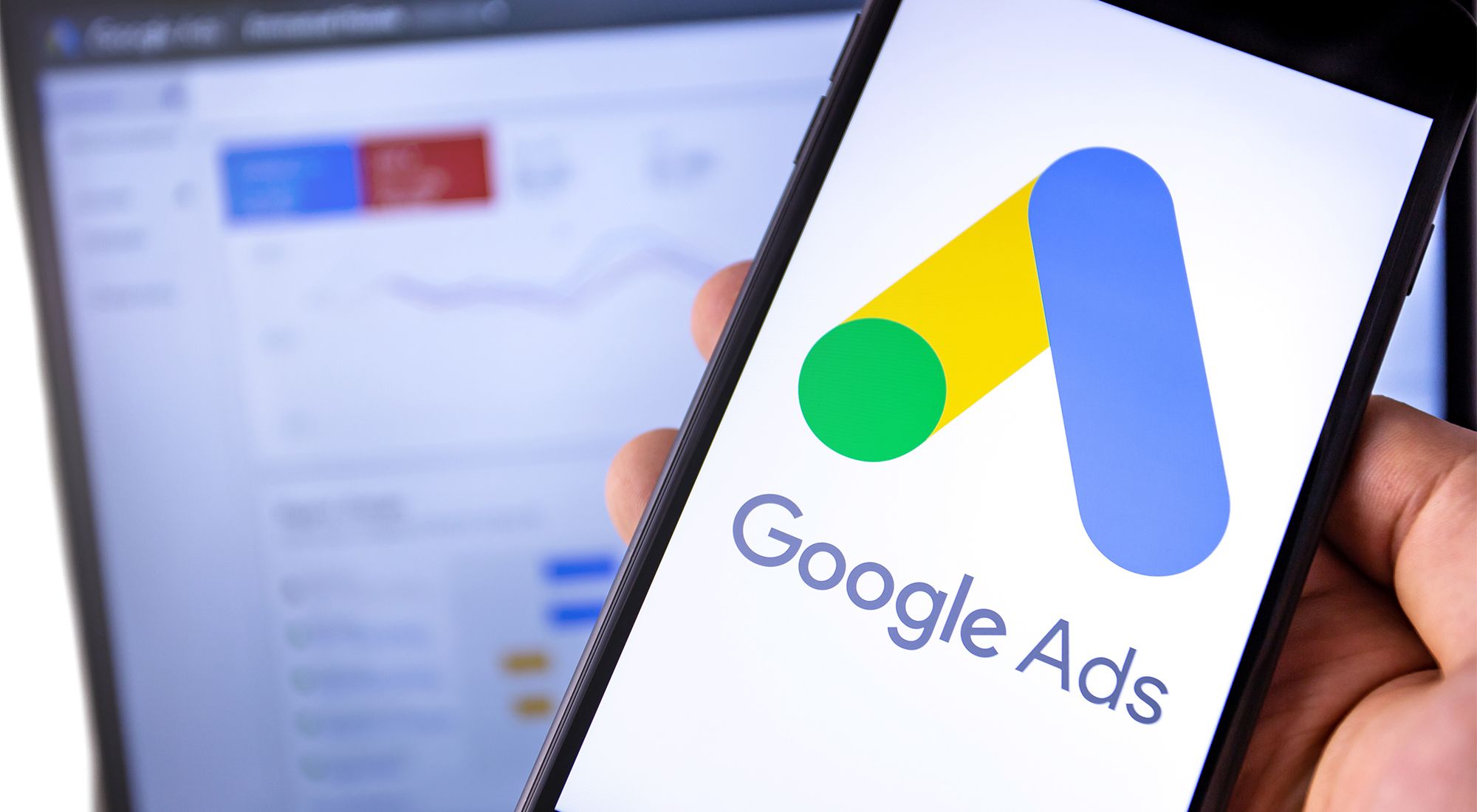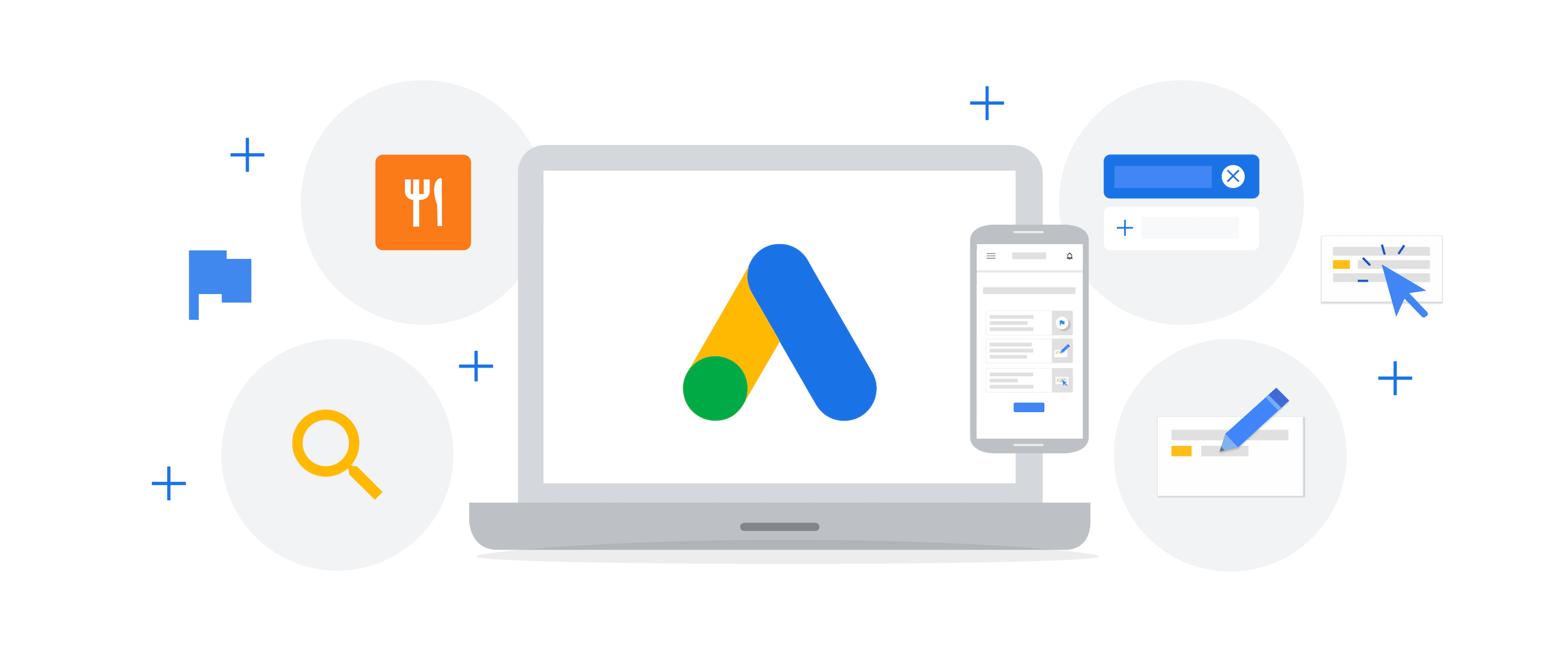Top Ways to Run Google ads for ECommerce Websites
Do you know how to properly run Google ads for Ecommerce websites?
When you scroll through social media, you might notice videos and ads popping up. These are Google ads, and they provide useful information about what you’ve been looking for. Google Ads are crucial for a company to grow. In the world of online shopping, it’s vital to show your brand and attract the right people. These ads help organizations get noticed and reach the people they want. So, when you’re online, those ads you see are like a helpful tool to learn more about the things you’re interested in.
Ever thought about how Google ads make eCommerce better? This article will give you insights about Google ads for ECommerce websites.
Also read- E-commerce Analytics: Top 10 ways to analyze data for your business
How do I set up Google ads for ECommerce Websites?
To set up Google Ads for ECommerce Websites, begin by establishing a Google Ads account. Sign in using your Google account, either new or existing. Within the setup, input your eCommerce website where you intend to run your ad campaign. Verification of your account is the subsequent step. Once completed, you’re set to launch your inaugural Google Ads campaign. Now, let’s explore effective tips for crafting Google ads for ECommerce Websites to enhance your outcomes.

1. Set your goals
Before making an eCommerce ad campaign, it’s important for business owners to know what they want to achieve. Usually, it’s about selling stuff, but there are other goals too, like getting more people interested in the brand, making more people aware of products, bringing more visitors to the website, or promoting apps. For an eCommerce website, these different goals should be thought about when planning the ad campaign.
Sales:
Main Goal: Sell more stuff.
Ads Used: Use search, display, video, or shopping ads to get people to buy things.
Leads:
Main Goal: Get people interested in your stuff and turn them into customers.
Ads Used: Use video, display, search, or shopping ads to grab the attention of potential customers and turn them into buyers.
Web Traffic:
Main Goal: Get lots of people to visit your new website.
Ads Used: Use search, display, or shopping ads to bring in a bunch of visitors.
Brand/Product Awareness:
Main Goal: Make more people know about your brand and what you’re selling.
Ads Used: Use visual display campaigns to show off your products and attract people to what you offer.
2. Set the audience
After setting your goal, the next step is to figure out who you want to reach. Identify your target audience by understanding what they like and where they are located. This information will help you effectively promote and sell your products and services to the right people.
Before deciding on your audience, it’s important to understand where your potential customers are located and what language they speak. Use the “Location tab” to choose the audience location. After that, to narrow down your target audience based on Google’s predictions related to geography, language, demographics, and interests, you’ll need to provide more specific details about your ideal customers.
3. Set a budget
It’s crucial to establish a suitable budget and keep tabs on your monthly spending for a particular campaign. There are two options: standard and acceleration. For beginners, it’s advisable to opt for the standard approach to minimize potential losses in the marketing field.
4. Choose the bidding strategy
When advertising on Google search or shopping, it’s crucial to focus on competitive bidding. The main purpose of your bidding strategy is to determine the right amount to pay for Google ads. The bidding approach will vary based on the campaign goal of your eCommerce website. For example:
Select “maximize conversion” to enhance your sales. Opt for the maximum clicks strategy to increase website traffic. Choose the Manual CPC tab for a more controlled advertising approach, allowing you to bid on each keyword individually. Another advantage of manual CPC is the continued visibility of your eCommerce page in Google’s top search results.
Read more: Top 10 E-commerce Features for your Business
Strategies for Bidding in Google Ads Campaigns

Discover the meanings of various important abbreviations in Google Ads in this guide:
CPC (Cost Per Click)
For increased conversions and website traffic, opt for the method where you get paid based on clicks.
vCPM (bidding on impression)
Use this method when building brands. For each time your ad appears here—around 900–1000 times—you need to pay and make a bid.
CPV (cost per view)
This is particularly useful if you run video or visual display ads. You get charged based on each view of the video.
ECPC (Enhanced Cost Per Click)
This method shines in coordinating manual bidding, adjusting bid amounts as your conversion rate increases.
Maximize Conversions
Boost your overall campaign’s conversion rates without exceeding your budget with this strategy.
Maximize Clicks
Increase clicks on your ad while staying within budget with the goal of this tactic.
Manual CPC
Manually choose the maximum cost per click (CPC), providing more control over optimization.
Target Impression Shares
Secure prominent ad placements, like the top spots on Google pages, using this impression-targeting approach.
Target Search Page Location
Strategically position ads at the top of Google search results with this method.
Target Outranking
Outrank ads from competing domains on Google search pages, gaining more traffic.
Target Cost Per Action
Effectively increase conversions within budget using this tactic.
ROAS (Return on Ad Spend)
Maximize conversions to enhance the returns on your advertising investments.
Also read: 10 Best E-commerce Marketing Strategies for Business
Conclusion
In the above post, we aimed to include every aspect to help you run Google ads for ECommerce websites.
While it’s not a walk in the park, running Google ads isn’t overly difficult either. Setting the right goals, allocating the appropriate budget, selecting relevant keywords, and optimizing them will yield the best results for ads on your eCommerce site.
Connect with us for E-commerce Solutions for your business.